The Timeless Allure of the Toned Torso: A Trip Through the Ages
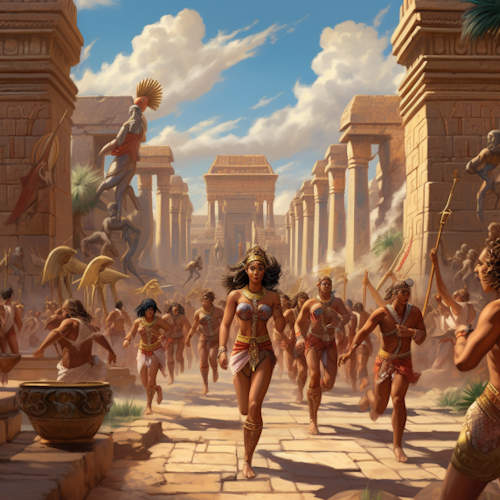
Let’s get one thing straight – today’s Instagram-fueled obsession with flexing washboard abs isn’t some modern madness. Shocked? Don’t be. This six-pack fixation has roots, and I’m not talking about the 1980s aerobics era. We’re diving deeper, much deeper. Let’s journey back thousands of years and explore how ancient eyes would gawk at our modern ab obsession.
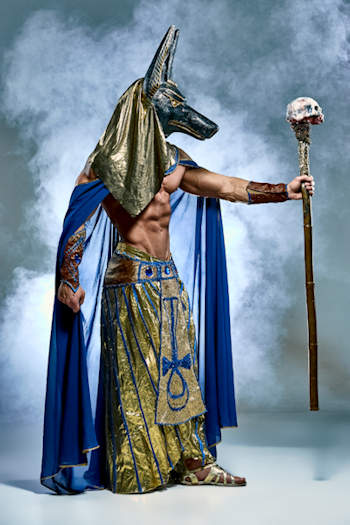
Egyptians and Physical Perfection: Look, I’ve had countless clients walk into my gym with dreams of becoming as chiseled as a marble statue. But guess what? The ancient Egyptians were way ahead of us. The Pharaohs, seen as gods in human form, didn’t lounge about eating figs and grapes all day. These rulers, and the gods they emulated, were often depicted with rippling physiques. Ever glance at hieroglyphics and see a slouchy, out-of-shape Pharaoh? Me neither. Those statues and wall art we admire in museums weren’t just artistic liberties – they showcased an ideal, a standard of physical perfection that isn’t too different from today.
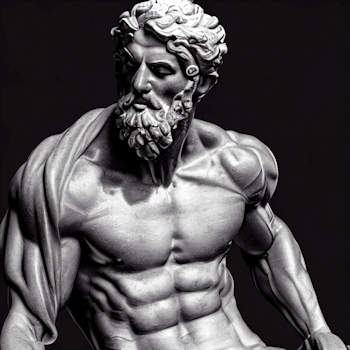
Greek Gods and Their Chiseled Torsos: When I think of the Greeks, the word ‘lazy’ isn’t what comes to mind. Try ‘discipline’. Those chiseled torsos on gods like Apollo weren’t just divine imagination. They were an inspiration and a reflection of the Greek value system. Their obsession? The human form. You might hit the gym to look good in a summer tee, but Greeks sculpted their bodies to mirror the gods, and boy, did they take it seriously! Think of the Olympics – not today’s spectacle, but the ancient, brutal version where athletes competed in the nude, showcasing their physiques. It wasn’t just about strength and speed; it was an art form, a display of dedication.
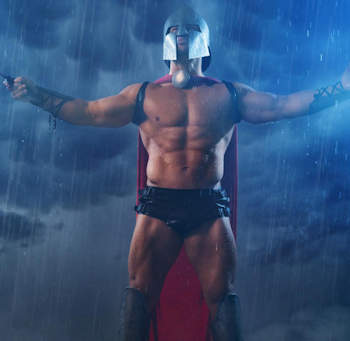
Roman Gladiators and the Power Core: Listen up, because there’s a lesson here. Those gladiators you’ve seen in films, fighting to their last breath in the Colosseum? It wasn’t just about the sword or the shield. It was about the core – the epicenter of their strength. Sure, a chiseled torso might get a few cheers from the crowd, but in the heat of the battle, it was core power that mattered. A true gladiator knew that six-pack aesthetics were secondary to raw, functional strength. In the brutal sands of the Colosseum, it was the power core that decided who walked out and who was carried out.
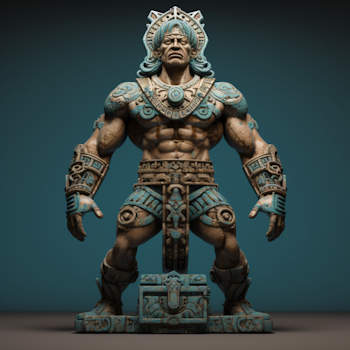
Mayan Ball Players and the Core Game: Here’s a curveball for you – the ancient Mayans and their love for the ball game. Forget what you know about modern sports for a second. This was a game where the stakes were sky-high, and a strong core? Non-negotiable. Some of these matches had spiritual and political implications. So, when I tell you that their core strength was essential, I’m not just talking about scoring points. Mayan artwork doesn’t lie. Those depictions of athletes? Every etching, every statue, was a tribute to their commitment to fitness. Their legacy? Proof that the core was always king.
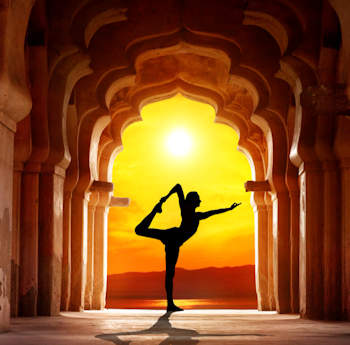
India’s Yoga and the Spiritual Six-Pack: Forget the fancy yoga studios with scented candles and ambient playlists. Let’s travel back to ancient India, where yoga wasn’t just a workout – it was a way of life. The core wasn’t just muscles; it was the epicenter of spiritual and physical energy. While the western world today chases the aesthetic of a six-pack, ancient yogis pursued inner strength and balance. They understood something profound – that true power doesn’t just come from a visible six-pack, but from a harmonized body and soul.
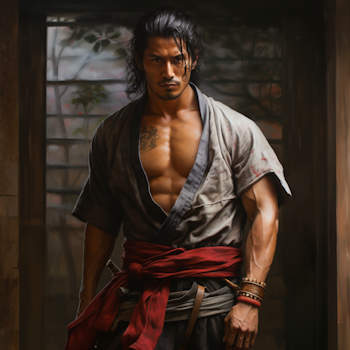
Samurai and the Core of Honor: Cut the clichés about the mystic warriors for a moment. The Samurai weren’t just about poetic philosophies or elegant robes; they were warriors in the truest sense. At the heart of their combat prowess? The core. Every slash of their katana, every parry, was anchored in their midsection. It wasn’t about looking good or impressing – it was about balance and raw power. In the art of swordsmanship, a strong core wasn’t a choice, it was a demand, a badge of honor.
Why Did They Care? It’s tempting to think our ancestors were simply vain, but hold that thought. The allure of a strong midsection transcends time. Why? Because a powerful core has always been a beacon of health and vitality. It signals something primal: the potential to protect, to endure, to thrive. Beyond mere aesthetics, a pronounced midsection has been revered as the embodiment of discipline, a testament to one’s mastery over their own body. From ancient warriors to modern athletes, the quest for core strength is an echo of a universal human desire: to be the best version of oneself.
Modern Day Six-Pack Obsession: Roll your eyes all you want at today’s influencers flaunting their abs, but ask yourself: Is it really a new trend? The medium has changed – from statues and paintings to Instagram posts – but the message hasn’t. The six-pack remains a symbol of peak physical condition. But here’s the twist: today, it’s not just about health or power; it’s about fitting into a mold set by media, societal expectations, and our insatiable desire to be ‘seen’. While the tools for achieving that coveted six-pack have modernized, the reasons? They’re as ancient as our DNA.
Wrapping Up the Core Issue: So, here’s a chuckle-worthy thought for you: An ancient Egyptian doing crunches by the pyramids or a Greek god signing up for a HIIT class. Ridiculous, right? But strip away the humor and you’ll find a kernel of truth. From millennia-old training regimens to today’s ab-blasting circuits, our methods have evolved (thankfully!), but that burning desire for the coveted six-pack? It’s been consistent, almost stubborn. It seems our ancestors and we share more than just DNA; we’ve got the same age-old craving for a chiseled core. Whether it’s wielding a sword, performing a sun salutation, or surviving a brutal boot camp, the end game remains unchanged. A six-pack? It’s not just a modern-day fad; it’s as timeless as our collective history.

Travis is the lead content developer on SixpackShortcut.com He also writes in the wellness and outdoor space. On SixpackShortcut.com Travis specializes in sixpack product reviews and informative articles.